- A lookback at rewilding in 2021
- Why is World Rewilding Day important?
- World Rewilding Day and other environmental-based celebrations
- Rewilding and its benefits
- Promoting Trophic Cascades
- Enriching Local Communities
- Climate Change Mitigation
- Reversing the 6th Mass Extinction
- Rewilding’s Success Stories
- How to get involved on World Rewilding Day
- Rewilding with Mossy Earth
Join conservationists and nature-lovers in celebrating the inspirational and transformative successes of rewilding. This occasion is also a chance to inform others of the challenges that lie ahead and inspire action. Marked on the Northern Hemisphere’s spring equinox, World Rewilding Day sends a beam of hope and reason to be optimistic.
A lookback at rewilding in 2021
The momentum behind the rewilding movement has shown no signs of slowing down since the inaugural World Rewilding day was set up by the Global Rewilding Alliance (GRA) last year. The GRA now boasts more than 125 members rewilding over 100 million hectares of land in 70 plus countries.
This is in addition to the plethora of small to medium-sized organizations and projects that began or continued working to restore ecosystems and recover biodiversity. Here at Mossy Earth, 2021 was a positive year for ramping up our impact: with the support of our members we planted 123,000 native trees, carried out 12 rewilding projects focusing on supporting and protecting 14 wildlife species across 8 countries.
Change is also occurring on a policy level as governments are starting to recognise and act on rewilding’s role in nature recovery. Early in 2022, the UK government announced that farmers are to be offered subsidies to rewild their land as part of large-scale nature recovery plans to meet the government’s commitment to protecting 30% of our oceans and land by 2030. The jury is out, however, on whether these plans will do enough with skeptics arguing crucial details are lacking from the plan.
A notable takeaway from 2021 is that there seems to be an increased awareness of rewilding’s importance which is challenging us to move more rapidly towards large-scale ecosystem restoration. This, I’m sure most will agree, should be the focus of World Rewilding Day on March 20th 2022.

Why is World Rewilding Day important?
We are on the verge of a climate breakdown and a spiralling loss of wildlife during a period of extreme human influence over the earth’s geology and ecosystems. The UN states that we lose 13 million hectares of forests annually, and this while over 50% of global GPD relies on nature. Whilst governments failed to meet biodiversity targets over the last two decades, rewilding has delivered transformative successes deserving of a day of celebration. Having a dedicated day to celebrate, educate and raise awareness of rewilding presents an opportunity to demonstrate its pivotal role in tackling the most complex challenges of our time - preventing cataclysmic effects of climate change and a devastating 6th mass extinction.
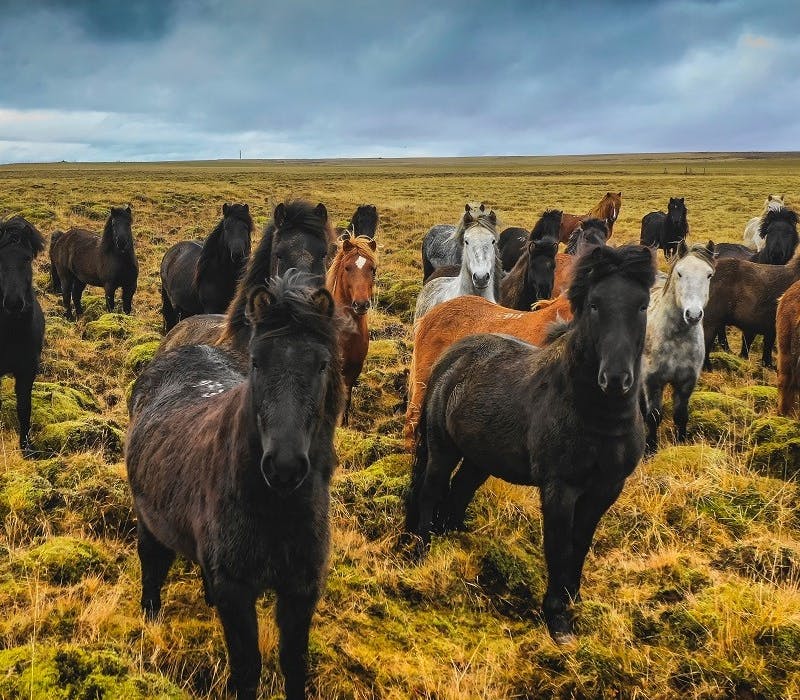
World Rewilding Day and other environmental-based celebrations
Similar to the UN designated World Environment Day and World Wildlife Day, the basis of World Rewilding Day is to stress the importance of protecting and restoring our planet’s fragile ecosystems and biodiversity.
World Environment Day takes place every year on 5th June to promote current and critical environmental issues; it spans 5 decades of involvement from the UN, governments, businesses, celebrities, and citizens. World Wildlife Day began in 2013 to mark the Convention on International Trade in Endangered Species of Wild Fauna and Flora; it raises awareness of the threats to animal and plant populations with a themed focus each year. Both days hold a host of key events that allow space for crucial discussions and have sparked a momentum of conservational action as a result.
World Rewilding Day provides the chance to communicate and showcase the positive impacts of rewilding interventions in the fight against climate change and the protection of wildlife. Its inception stemmed from the Global Rewilding Charter and 11th World Wilderness Congress in efforts to exemplify European successes and broaden rewilding’s impact on a global perspective. Although without a theme, the day shares the common thread of all these environmental-based days: Humans are vitally dependent on sustaining the interconnectivity and interdependence of living species on this planet.

As the COVID-19 pandemic has disrupted global food supplies and livelihoods, we have a key opportunity to ensure sustainable management of natural resources, and protect biodiversity, in our efforts to build back better.
António Guterres, Secretary-General of the United Nations
Rewilding and its benefits
Rewilding principles are rooted in the assumption that nature can look after itself with little help from us. One of its main objectives is to bring back what has been lost in terms of flora and fauna and wilderness, then to allow nature the space and time to evolve in its own way. This means conservation and restoration efforts should focus on facilitating the return of essential missing components in ecological processes whilst protecting existing biodiversity, and then step back. One such example is to reintroduce keystone species to the landscape who bring about a cascading effect on their whole ecosystem from the top-down or bottom-up, a process known as Trophic Cascades. Other important rewilding interventions include creating the conditions to allow natural regeneration to occur in places like woodlands and wetlands; protecting and restoring species habitats; and supporting biodiversity so it can recover and flourish through actions such as building wildlife corridors for migrating animals.
Rewilding also signifies a change in our mindsets. This element of rewilding forces us to reassess our relationship with nature and how we perceive our role within it. In an age when wilderness is seen as a separate entity to our modern urbanized landscapes, rewilding presents a new existence. One where humans are less involved in managing desired outcomes from nature, instead help it when it needs, then coexist with wild areas and animals in a more biodiverse world.


Take action now
Do you want to have a direct impact on climate change? Sir David Attenborough said the best thing we can do is to rewild the planet. So we run reforestation and rewilding programs across the globe to restore wild ecosystems and capture carbon.
Get involvedPromoting Trophic Cascades
The popularity of rewilding has grown in prominence in the last few decades thanks to the numerous benefits it brings to the environment, wildlife, plants, and people, in addition to the hope it inspires for the future. Here are some reasons why rewilding is so important.
Rewilding helps to reestablish trophic cascades by using top predators - often keystone species, those who directly and indirectly have a significant impact on their ecosystem. When these species are reintroduced to environments they once belonged to, they deliver extraordinary changes on different levels in the ecosystem and help to restore balance. Like a ripple effect, a keystone species at the top of the food chain can reduce overpopulation of herbivores, which in turn reduces grazing and allows the regrowth of vegetation. This regeneration attracts other wildlife to inhabit land and continue building the ecological web. The extent of influence reintroducing keystone species can have goes as far as adapting the landscape and composition of the soil and atmosphere.
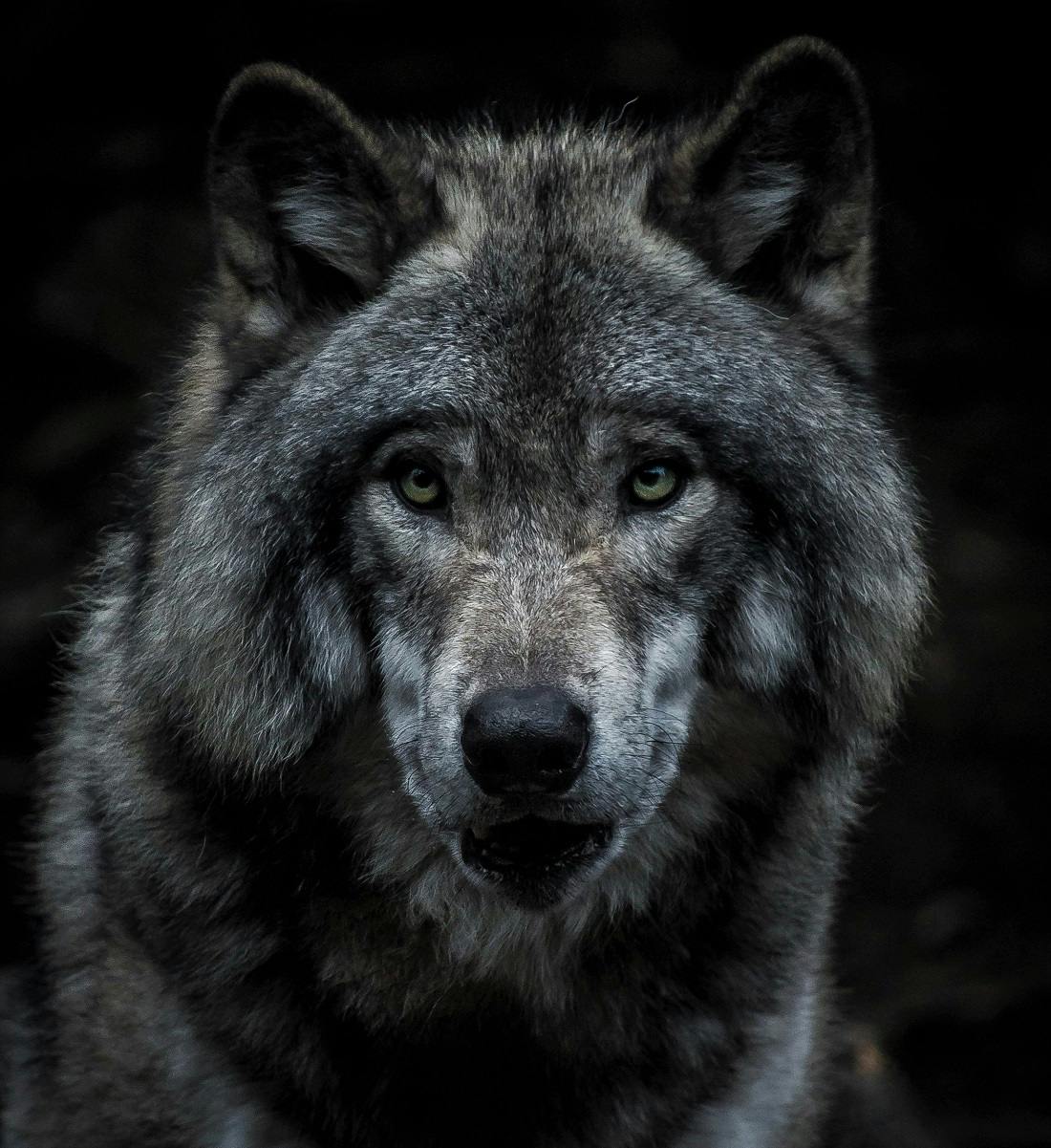
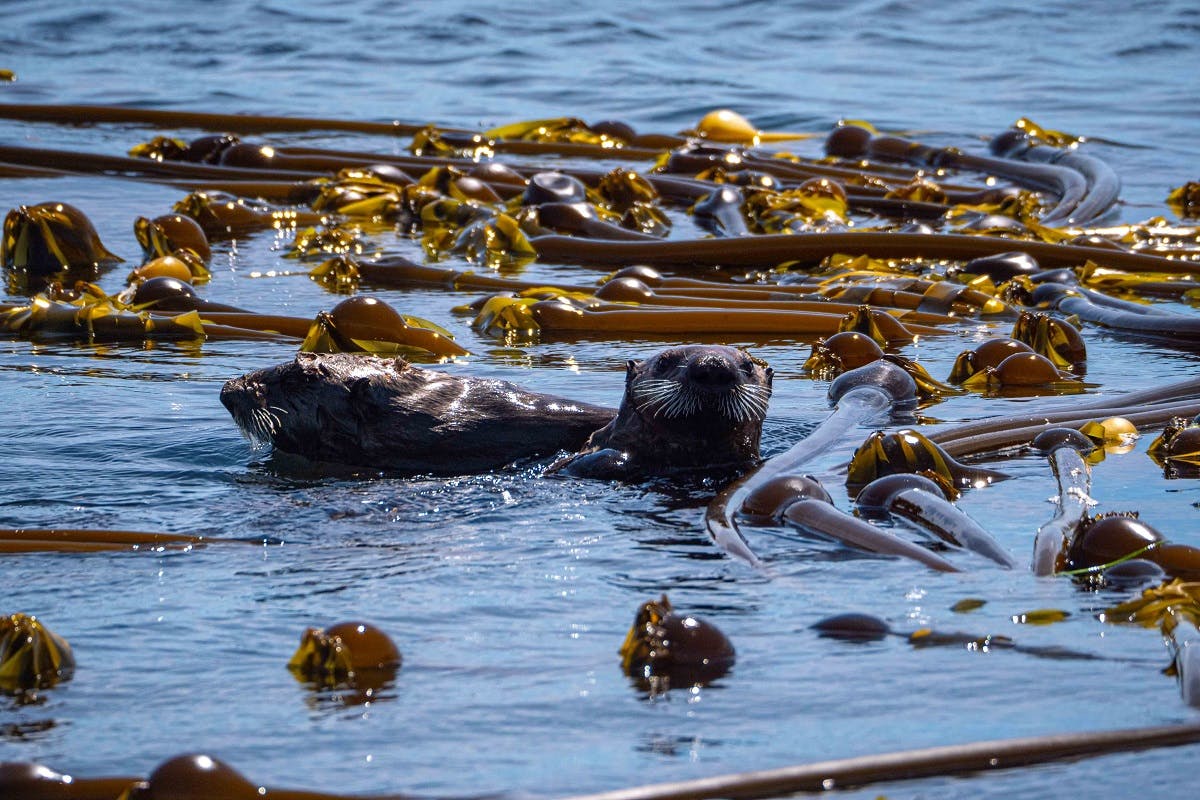
Enriching Local Communities
The scope for rewilding to contribute to the economy, society, and people’s well-being is extremely promising. Examples already exist where wilder environments are drawing in a host of enterprises that are highly beneficial to local populations through nature-based tourism and products.
In places such as Norway, rewilding has accelerated the regeneration of forests and transformed depleted lands to thriving habitats. A new generation of tourists want to experience the wonders of wildlife, making nature-based tourism a prosperous investment opportunity and a source of sustainable job creation. In the process this improves economic stability for rural communities and helps to revitalise areas and people. All of this is particularly advantageous in locations where traditional farming industries have been scrutinized for being unsustainably subsidized and unprofitable.
Between 2000-2030, farmland the size of Poland is predicted to be vacated within Europe. Freeing up access to lands on this scale presents a great opportunity for many more people and of course, wildlife, to benefit.

Climate Change Mitigation
Some of the disastrous effects of climate change are already being felt across the globe: raging wildfires; severe droughts; regular flooding; rising sea levels along coastal areas and acidification of our oceans. With the increased frequency of such events, this complex issue requires immediate action from us to move off a carbon-based economy.
However, solutions need to come from an array of areas, one of which is based on building nature’s resilience. This is where rewilding plays a key role through reforesting and restoring natural carbon-sinks such as forests (terrestrial and marine), wetlands, peatlands, and oceans. By creating healthier landscapes, we increase the earth’s capabilities of storing carbon in plants and soil, and therefore mitigate against more catastrophic natural disasters. As well drawing carbon dioxide out of the atmosphere, rewilding also helps prevent flooding and stops the spread of wildfires. Forests absorb and channel rainfall preventing it from inundating watercourses, streams, or rivers. The planting of more resilient native tree species in rewilding projects boosts a forest’s ability to slow or break the spread of wildfires.
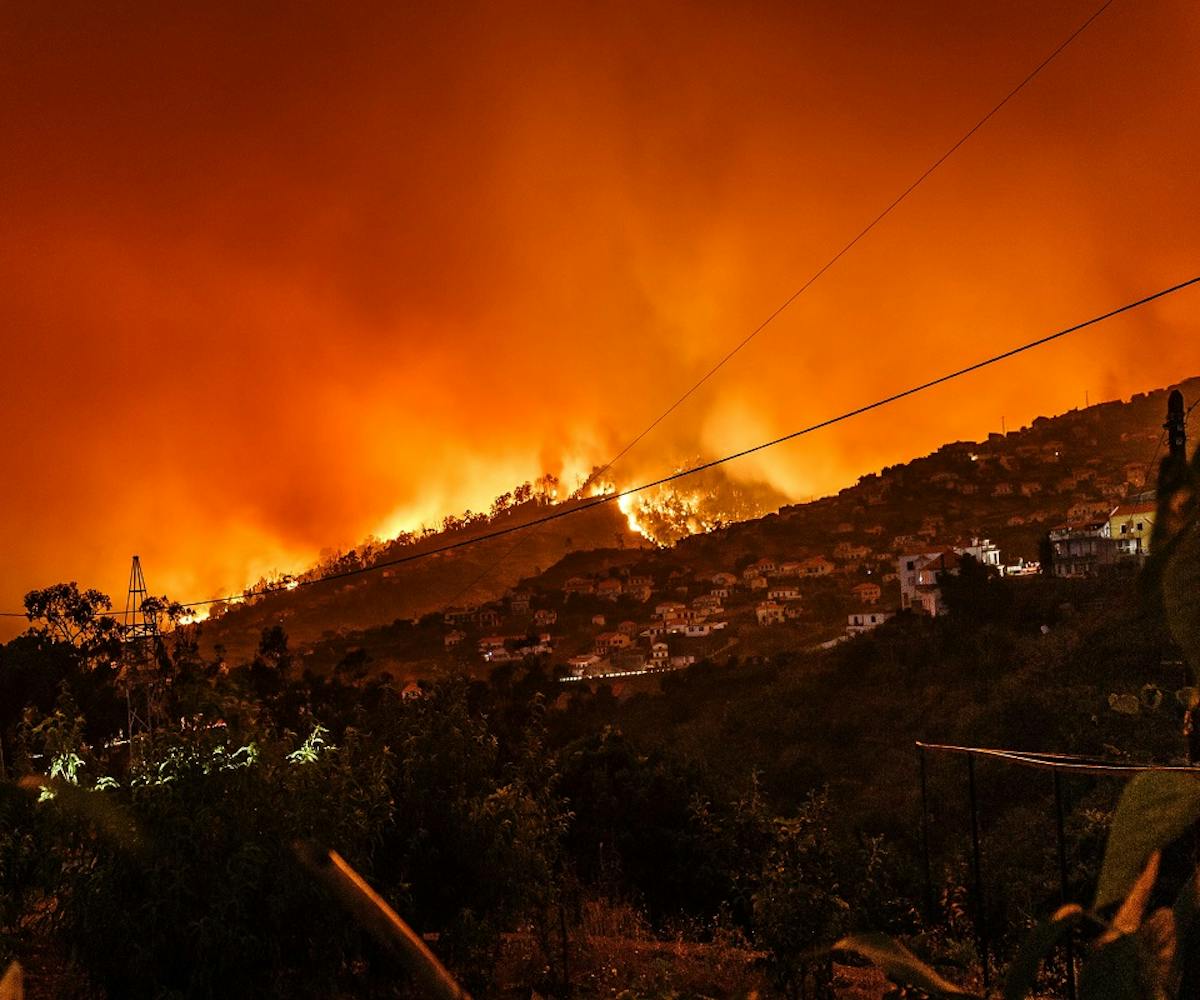
Reversing the 6th Mass Extinction
At the forefront of the reasons to rewild is the urgent need to address the dire state of biodiversity and the very real possibility of a 6th mass extinction. A body of research alarmingly warns of this pending disaster with the Proceedings of the National Academy of Sciences (PNAS) labelling it a ‘biological annihilation’. Since the turn of the twentieth century species populations have been declining - almost half of the mammals sampled by the PNAS have lost 80% of their populations. Without action the consequences will amount to inexorable impacts on vital life support systems.
One advocate of rewilding the world to stop a 6th mass extinction is Sir David Attenborough. The world-renowned naturalist believes restoring biodiversity is fundamental to sustaining life on earth and this can be achieved through rewilding. Adopting this approach gives nature the chance to revive its broken ecosystems; rebuild its dwindling wildlife populations; and rewrite its future.
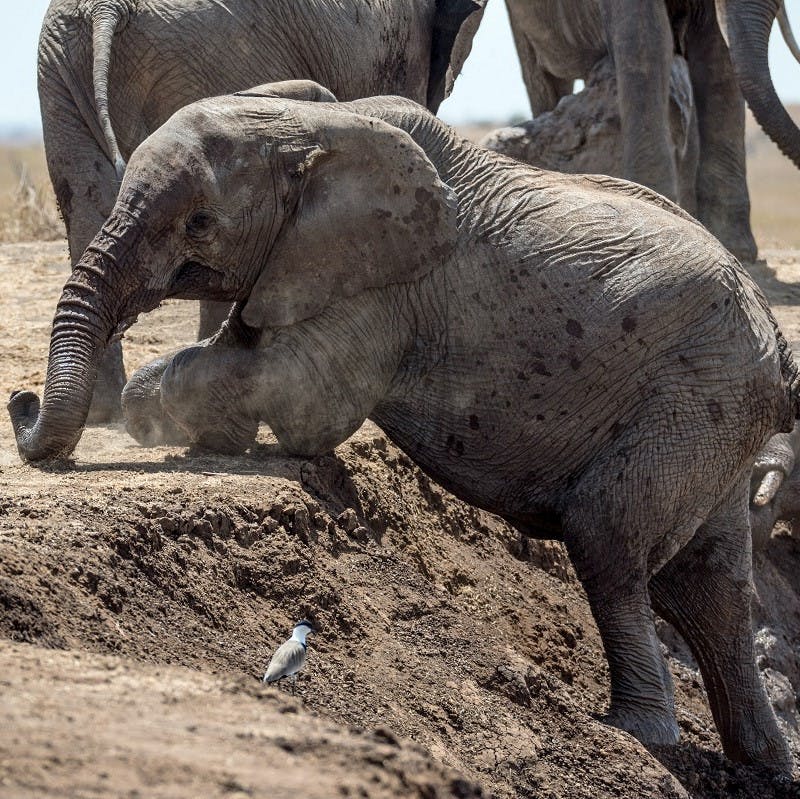
Rewilding’s Success Stories
One of the successes to shout about on World Rewilding Day is the incredible impacts caused by the reintroduction of wolves to the Yellowstone National Park in the USA in 1995. This story captured the imagination of worldwide audiences as this keystone species sparked a resurgence of nature and life in the park simply by hunting overpopulated dears. Without predators the dear roamed freely and overgrazed the land preventing growth of vegetation. Once wolves returned, not only did they control the numbers of dears, but they also affected the dears’ behaviour forcing them to avoid exposed areas. The effects of this trophic cascade were forests expanded; wildlife returned; and even the rivers courses were altered as riverbanks became more resilient.
The Knepp Castle Estate in the UK champions the impacts of rewilding for sustainable farming practices, habitat creation and engaging people. For decades, the land was unprofitably intensively farmed whilst the use of herbicides, pesticides, and fungicides was depleting the soil of nutrients. The implementation of rewilding strategies, such as introducing grazing animals and restoring natural water courses, triggered a remarkable turnaround. The estate now provides habitats for a variety of wildlife and can boast breeding ground for rare species like turtle doves, nightingales, peregrine falcons, and purple emperor butterflies. What’s more, the land still produces meat-based products that are farmed sustainably without the huge capital outlays of traditional farms. The 3,500-acre estate is open for the public to experience the valuable work that’s been done to rewild the land.

How to get involved on World Rewilding Day
This day of celebration and awareness presents the perfect opportunity to start or continue your education of rewilding and to spread awareness yourself.
- Regardless of your expertise, take this chance to further educate yourself on rewilding and its principles. Expand your knowledge by reading some of our articles: from in-depth guides on returning ancient species like aurochs to how wildlife corridors address habitat fragmentation.
- Start at home by rewilding your garden. Rewilding can happen on big or small patches of land, there’s always room for improvement and space for nature to creep back in. Learn what approach to take; how to plant a haven for wildlife and which methods turn your garden into a sustainable one.
- Find out about existing rewilding projects – what problems do they tackle and how do the rewilding interventions help?
- Spread the word! Educate others on the benefits and shed light on how they can get involved. Share inspirational talks such as George Monbiot's TEDtalk or this article. Quote the wise words of Sir David Attenborough.

There is a path to sustainability. If enough people can see the path… we may just start down it in time.
Sir David Attenborough
Rewilding with Mossy Earth
At Mossy Earth our approach to rewilding is centred around the following principles:
- Impact – to carefully select and monitor projects that deliver an effective ecological return on investment. To prioritise projects based on their direct contribution to restoring key ecosystem processes and biodiversity.
- Scientifically supported – feasibility studies ensure that the chosen projects fulfil a scientifically backed and ecological theory-based criteria.
- The wider context – To have long-lasting effect our projects need to consider not only on-site factors but also key stakeholders and the wider community. This helps to secure success when addressing the overall problem.
- Transparency through technology – technology plays an important role in project implementation and communication. Through the use of camera traps and tracking devices we are able to monitor key species’ movements and better understand their behaviours. Our range of communication channels allows us to feed important stages of every project back to our members, keeping them informed and involved.
If you are interested, find out more about our rewilding methodologies and rewilding projects.
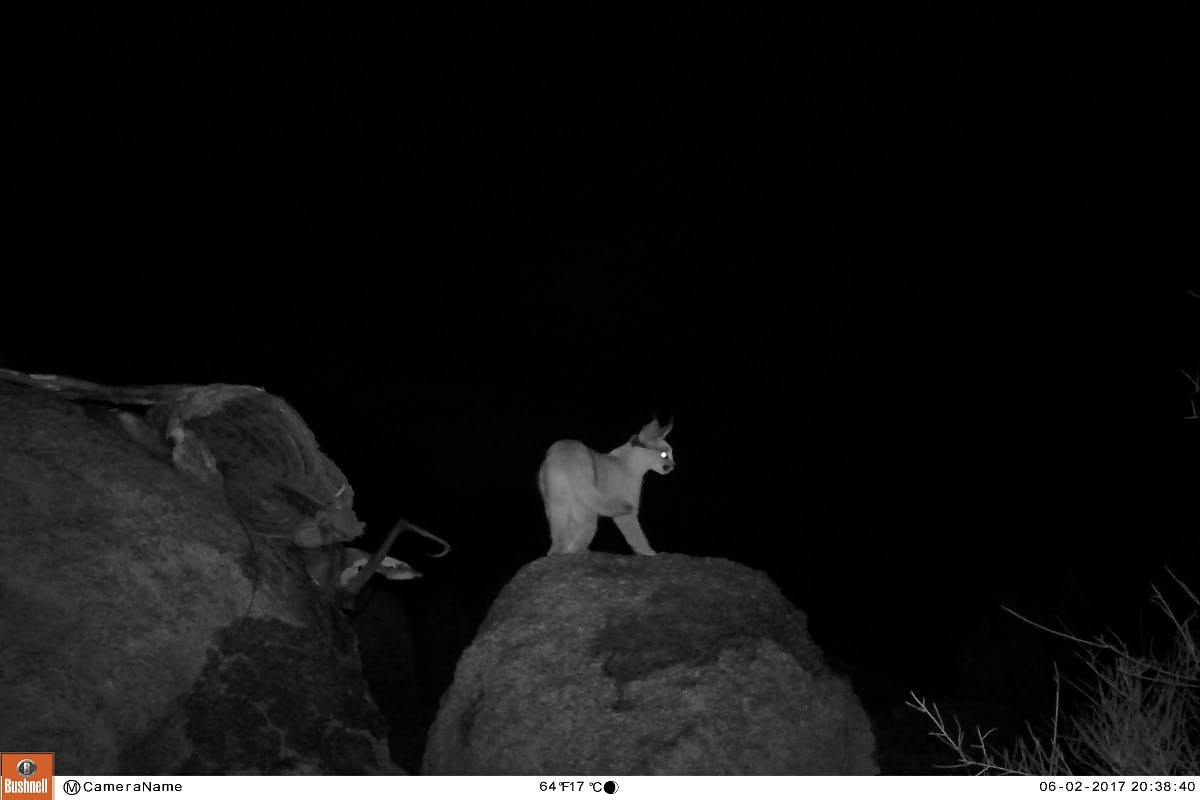
Sources & further reading

- “World Wildlife Day” - The United Nations
- “World Environment Day” - The United Nations
